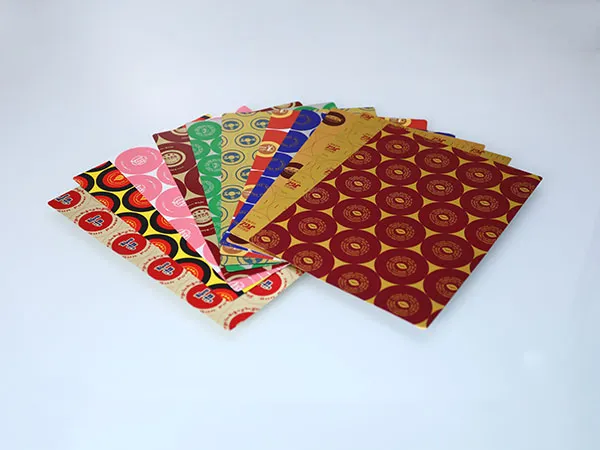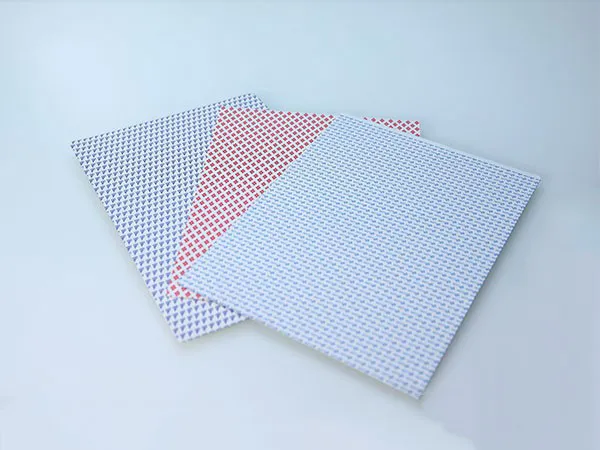2025-04-23 01:43:00
When comparing PE (Polyester) vs. PVDF (Polyvinylidene Fluoride) coated aluminum sheets, the "better" option depends on your specific needs for durability, environment, budget, and aesthetics.

Type: A standard, widely used thermosetting polymer coating.
Durability/Lifespan: Moderate. Typically offers a shorter service life compared to PVDF, especially in harsh environments.
Weather Resistance (UV, Rain, Temperature): Good, but susceptible to degradation over time from prolonged UV exposure. Can fade and chalk (develop a powdery surface) more quickly than PVDF, particularly with darker colors in sunny climates.
Color Retention: Fair to Good. Colors can fade noticeably over 5-10 years, depending on the environment and color intensity.
Chalking Resistance: Fair. More prone to chalking than PVDF.
Gloss Retention: Fair to Good. Gloss level can diminish over time due to weathering.
Chemical Resistance: Moderate.
Flexibility/Formability: Generally good, allowing for bending and shaping without cracking the coating (within limits).
Hardness/Scratch Resistance: Moderate.
Cost: Lower. This is its primary advantage. Significantly cheaper than PVDF.
Typical Warranty: Often in the range of 5-15 years (highly variable by manufacturer and specific product).
Typical Applications:
Interior decoration (ceilings, wall panels)
Signage
Short-to-medium term exterior applications
Areas with moderate weather conditions
Budget-sensitive projects
Rain gutters, downpipes (where aesthetics might be less critical long-term)

Type: A premium, high-performance fluoropolymer coating. Often uses resins like Kynar 500® or Hylar 5000® (typically requiring a minimum of 70% PVDF resin for optimal performance).
Durability/Lifespan: Excellent. Designed for long-term exterior performance, lasting decades.
Weather Resistance (UV, Rain, Temperature): Excellent. Highly resistant to UV degradation, moisture, and temperature extremes. Maintains its integrity far longer than PE.
Color Retention: Excellent. Superior resistance to fading, even with vibrant or dark colors in high-UV environments.
Chalking Resistance: Excellent. Highly resistant to chalking.
Gloss Retention: Excellent. Maintains its original gloss level very well over time.
Chemical Resistance: Excellent. Resists pollutants, acid rain, salt spray, and many chemicals.
Flexibility/Formability: Good. While highly durable, it can still be formed, though sometimes requires slightly larger bend radii than PE depending on the specific formulation and thickness.
Hardness/Scratch Resistance: Good to Excellent. Generally harder and more scratch-resistant than PE.
Cost: Higher. Significantly more expensive than PE coatings.
Typical Warranty: Often in the range of 15-30+ years (highly variable, but generally much longer than PE).

Typical Applications:
Architectural exterior cladding (curtain walls, building facades)
Roofing systems
High-rise buildings
Projects in harsh environments (coastal areas, high UV, industrial zones)
Long-term projects where appearance retention and durability are paramount
Monumental or high-prestige projects
Choose PE if:
Budget is the primary constraint.
The application is interior or short-term exterior.
The environment is mild (low UV, low pollution, not coastal).
Long-term color stability and gloss retention are less critical.
Choose PVDF if:
Long-term durability and performance are essential.
The application is exterior, especially in harsh climates (high UV, coastal, industrial).
Superior color and gloss retention over decades is required.
A longer warranty is desired.
The budget allows for a premium finish.
It's for a high-profile or long-lifespan building (e.g., architectural cladding, roofing).
In conclusion: PVDF offers significantly better long-term performance, weather resistance, and color/gloss retention, making it the superior choice for demanding exterior architectural applications. However, this comes at a higher cost. PE is a perfectly suitable and cost-effective option for less demanding applications, interior use, or when budget is the main driver.